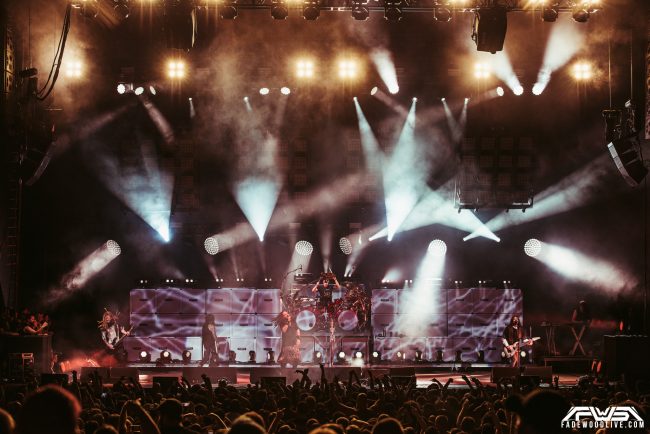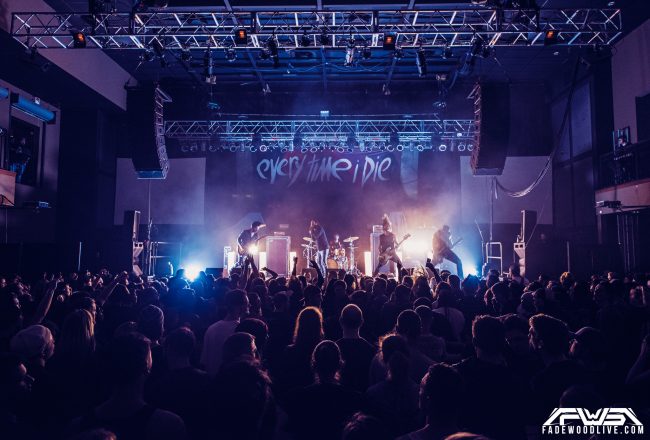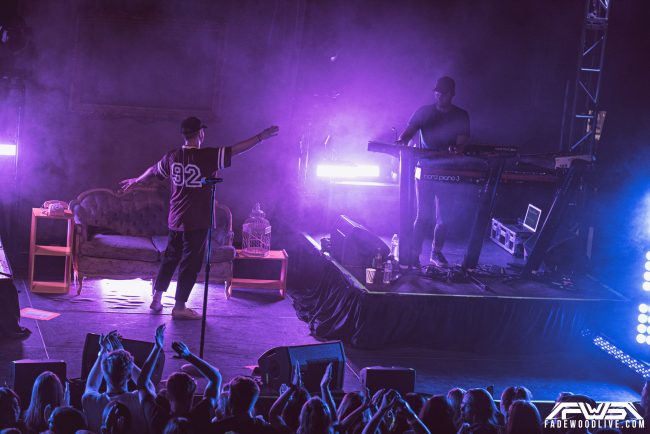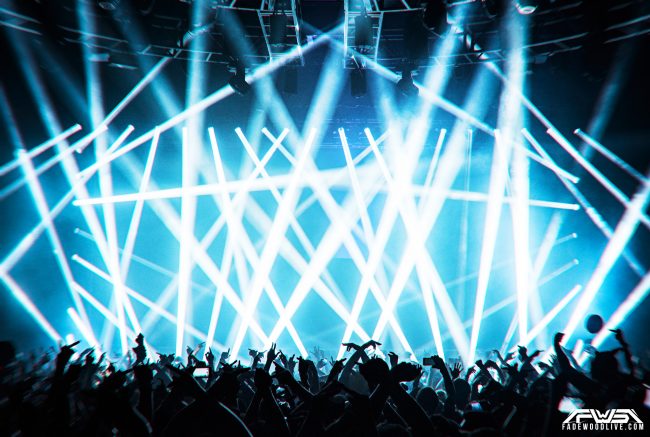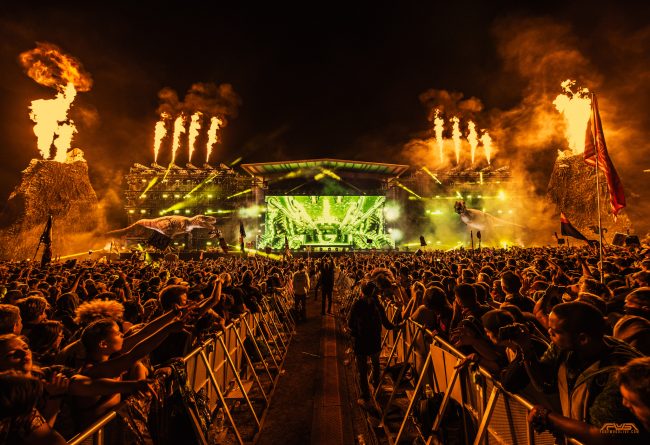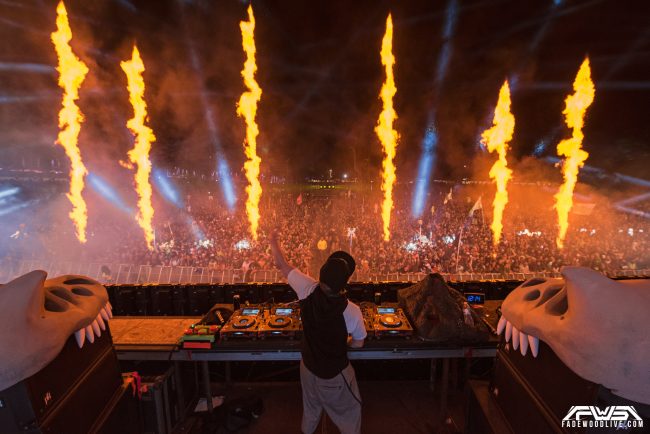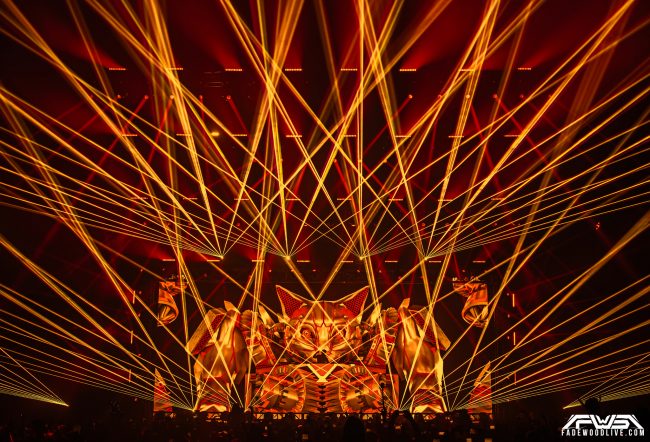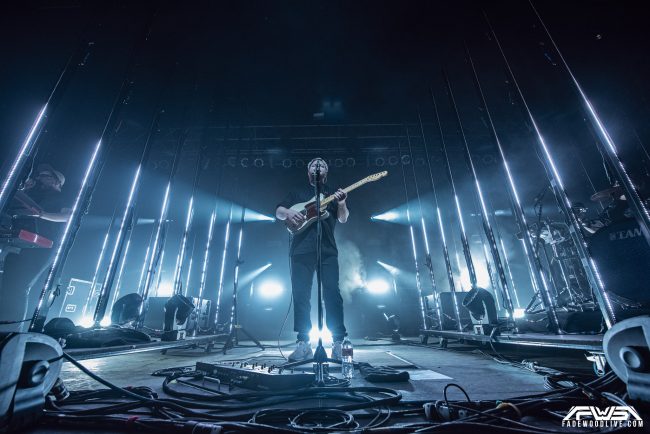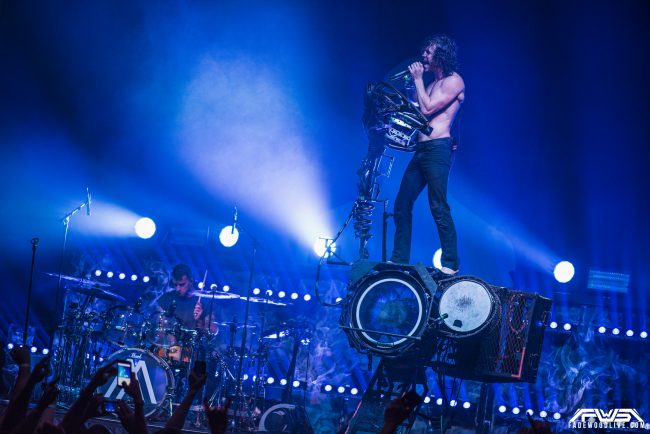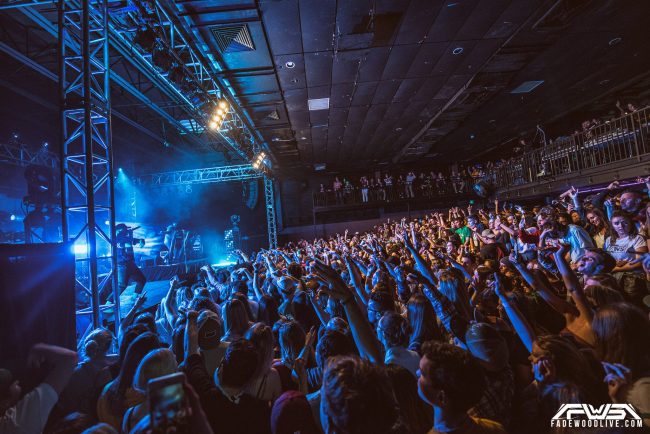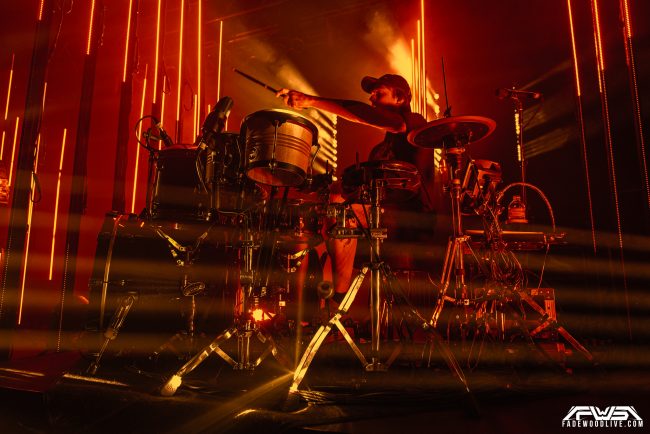Photo
Guide to Getting Started in Concert Photography

Summer is headed right for us, and with that comes Music Festival season, and tours that go straight into fall. With that being said, it sounds like I got a lot of work to do to prepare! Hey guys, my name is Terrence Blanton, a Music Photographer and creative from Spokane, WA up in the PNW. I have been capturing live shows and portraits straight out of high school since 2006 when I started working at a local music venue. Once I got my first DSLR and a wide angle lens that had autofocus and a low aperture to shoot a sold-out rock show with, I knew what the future had in store for me. Throughout the years I have learned a lot about what to do, what not to do, and how to utilize my current setup with what conditions laid in front of me on a big night.
There is a lot to concert photography, from gear selection to timing, and over my 10 plus years of experience, I’ve learned a lot of tricks to make the whole process go smoother. While I’m still learning something with each and every shoot, it’s important to have a good understanding of what you need before going into each concert or show, so let me share some of my experiences with you to help you be better prepared for your next concert attendance.
Before we hash out gear, settings, and techniques, let’s address the obvious…if you’re paying to go to a concert, set the camera down and enjoy yourself. Many of these events have professional photographers staffed for these shows, and if you’re taking photos, not only are you hindering your experience, but you’re making work more difficult to those who are paid to photograph the event. If you have interest in shooting more shows, my advice is to start small, build a portfolio, and then reach out to venues for press passes. That way, not only are you authorized to take the photos, you also have a chain of contacts to assure the band and people who need the photos get them.
Gear To Use
With all that being said, the gear you use for Concert Photography is, and always will be due to personal preference, as well as constantly learning new things about your gear and how certain gear will benefit you in rapidly changing lighting conditions. Some concert photographers want to shoot with the speed of a Canon 1D X Mark II, others such as myself like to shoot for the dynamic range of a Nikon D810 or Nikon D750. However lens choice plays an even larger role in how you’re going to capture the show. I favor getting wide angle shots, and to me, makes the photos feel more immersive than just your typical hero artist close up. Here is a quick rundown of what’s in my bag and my how I prepare for a show:
I shoot with the Nikon D810 & Nikon D750 DSLR’s. My favorite lenses I currently shoot with are the Nikon 14-24mm f/2.8, Nikon 24-70mm f/2.8, Nikon 50mm f/1.8, Nikon 105mm f/2.8, and the Nikon 70-200mm f/2.8. Certainly, Canon, Sony and third-party vendors all have comparable lenses, so find one from your brand of choice, and give it the go-a-round.
One thing you may have noticed with my lenses choices is that they’re all considered pretty fast for zoom lenses, with an aperture at f/2.8 or wider. The biggest challenge you’ll have when shooting concert photography is finding the necessary light to expose your images correctly. By using larger apertures, you’re able to capture more light, increase your shutter speed, and get sharper images. For me personally, my sweet spot for settings is around aperture f/2.8-f/4.5, with a shutter speed between 1/100th-1/200th of a second. For this reason, I prefer full frame sensors with my concert photography, as they have better low light performance, and offer less noise when shooting beyond ISO 1600.
After I have charged all batteries and cards have been formatted, I almost always start out shooting a bunch of wide shots from the photo pit, then move throughout the house getting wide shots of the audience and atmosphere. Here and there I will grab long range shots with the Nikon 70-200mm f/2.8 or Nikon 105mm f/2.8. Fisheye is another very popular look and is widely used in today’s music photography, and while it’s a specialty lens, and thus not something I own, it is something that is perfect for rentals from time to time.
Things to Know
Getting prepared to shoot a show can be very stressful at times, your average concert fan may think concert photographers have it easy, they get to see shows all the time for free and shoot the show. Sadly, that’s not the case, at least for those of us who do this for a living and work hard to make our images stand out among the vast world that is concert photography. We have to go through management approvals, sign legal forms such as agreements and photo releases when needed, as well as have liability insurance and equipment insurance. Once all that is taken care of, then we have to follow rules and guidelines if a tour asks you to follow them. For example, one of the most widely known rules is the “first 3 songs in the pit” rule. In short, this popular rules just means that you’re able to be in the front of the pit, between the crowd and stage for the first three songs, and then must leave the area. We must always respect the artist’s and tours wishes and follow the rules if we want to maintain our credibility in this industry. Sometimes it’s not always this grim, if permission granted, getting to shoot an entire show, and to go throughout the whole venue lets our artistic ability really shine, and lets us focus on the task at hand, which is capturing the best moments a band wants to share with the world.
Lighting plays probably the biggest role in concert photography. Some shows it can be static, and some shows it can be constantly changing, whether it be indoor or outdoor. Some things to look out for when shooting are the big moments, such as lasers, pyrotechnics, and c02 blasts. Capturing these moments will bring out the absolute highlights of the night. Unless you’re touring with a band, these moments can be impossible to predict, so it’s always important to be ready. Keeping your camera on and ready to shoot is always wise especially when you may need to capture a moment with no delay. Following the beat and progression of songs, and having an understanding of the musician’s song catalog will help when you need to predict what happens next, so you can prep for the next big shot.
Understanding Your Hazards
One of the biggest concerns when shooting concerts is understanding your hazards. In short, you’re in a crowd of hundreds of people drinking and dancing, so you have to understand that your gear might get beat around and possibly wet. Beyond all else, this is why I opt for the professional grade of equipment, helping assure that my gear will make it through the night without any problems. While weather sealing is always a bit of a talking point for the cynics, it can help prevent catastrophic damage when the drunk guy next to you spills a couple drops of beer on your camera.
The other hazard you may come in contact with when shooting concerts is lasers. It’s far less of a concern if you’re handholding your camera, as you won’t have your camera sensor pointing at the laser for more than a fraction of a second, but it is something to be wary of, particularly if you’re shooting video. Exposing your sensor to a laser has the potential of damaging the electronics of your camera, which is a very expensive fix. While the concern is limited, it is something you’ll want to be aware of, particularly when shooting shows with large laser shows.
Hopefully, I’ve been able to provide you with some insight and inspiration when it comes to concert photography. The two takeaways from shooting concert work are to be adaptable and be sure to be quick, as you don’t know when the next incredible shot is passing you by. If you have any tips or examples of your concert work, feel free to share them in the comments below.
Author: Terrence Blanton
Hello, my name is Terrence Blanton. I am a contributor here at Lensrentals.com and a music photographer and creative based out of Spokane, WA. I have been traveling and photographing musicians and live music for just over a decade and I don’t see the finish line yet.
-
Ian Goss
-
Terrence Blanton
-
Justin Wonnacott
-
roXplosion
-
Terrence Blanton
-
Neil Holmes
